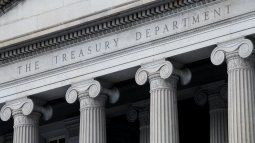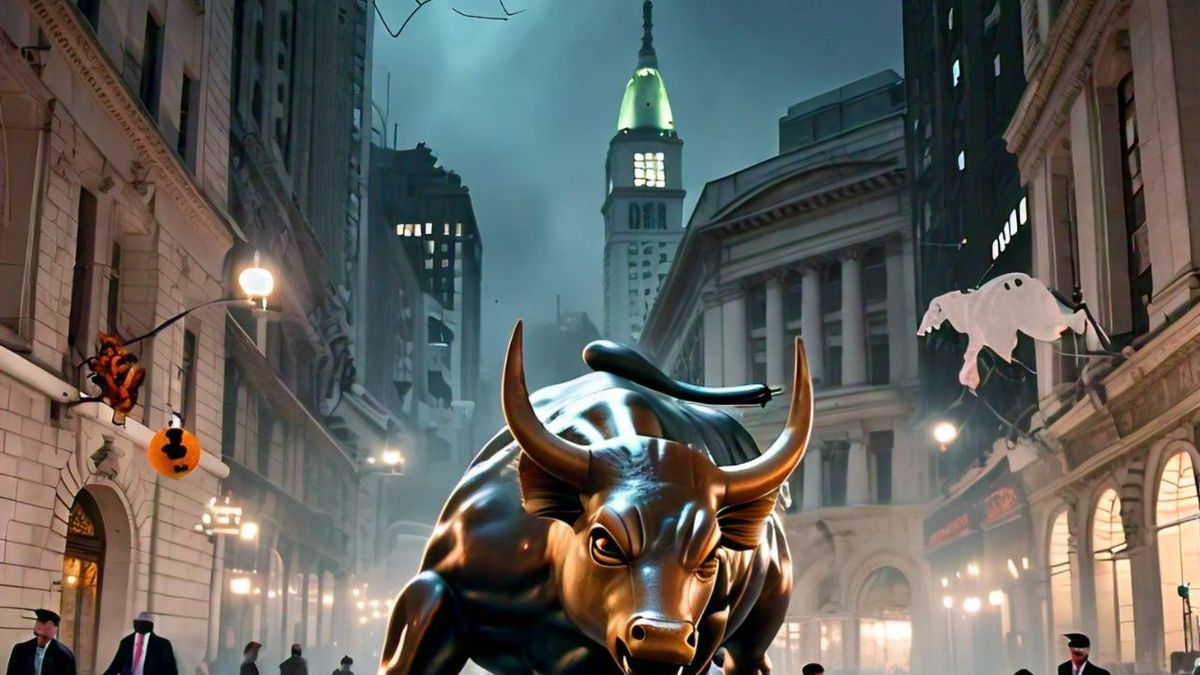Next week is the celebration in the United States, replicated to a greater or lesser extent in other parts of the world on a commercial level. Each year the key is how consumers will behave. What does history say about markets and the Halloween effect?
The Irish immigrants were the ones who carried the tradition of Halloween to the United Statesa celebration that is already almost a classic worldwide, especially in terms of retail sales, but It is also taken into account when making investment decisions.. Therefore, for years, analysts and academics have been studying whether Halloween time was suitable for investing. Because?
The content you want to access is exclusive to subscribers.
Although the reason is not clear Experts maintain that a simple way to achieve superior long-term stock market returns is to invest in equities each year on the eve of All Saints’ Day, October 31. For example, two finance professors at Massey University, Ben Jacobsen and Cherry Yi Zhangthey revealed it after studying more than 300 years of stock market data from more than one hundred stock markets around the world. According to them, the 62,962 monthly observations made in the last 323 years show a strong Halloween effect. These analyzes indicate that, for 65 developed and emerging markets, Average stock market returns for the six months following Halloween were around 8.5% annually. Returns for the other six months of the year, from May to October, would have been just 2.1% on average.


Your studies (“Are Monthly Seasonals Real? A Three Century Perspective” and “The Halloween Indicator, “Sell in May and Go Away”: Everywhere and All the Time”) conclude that the “Halloween effect” is especially pronounced in the most active and liquid markets, such as the United States and developed markets.
Halloween effect: does it always work?
Now, it is worth considering whether it is appropriate to challenge this myth or belief. “Over a 10-year period, buying during the Halloween period would have a 90% chance of outperforming a buy-and-hold strategy.”explains John Plassardeconomist at Mirabaud. According to Jacobsen and Yi Zhang, what would be even stranger is the fact that even if this theory were confirmed, it would still work. “We can imagine that as it became popular, investors might have turned their backs on it,” says Plassard. Jacobsen and Yi Zhang believe that the fact that trading with this strategy is especially easy makes its durability even more surprising.
But what does history say? In 120 years, the Dow Jones index has fallen 38 times in the six months following Halloween. That’s almost one in three years. And it has fallen more than 5% on 23 occasions, that is, one in five. On a global scale, this theory works with an even higher success rate. Of course, the past is no guarantee of the future.
Some ETFs to keep a close eye on
When evaluating what to invest in, Plassard recommends keeping an eye on three ETF funds that should benefit from the Halloween effect and more fundamental factors. What would they be?:
- He VanEck Vectors Retail ETF – RTH USwhere several discount retailers such as Costco, Ross, Dollar General and WMT will overweight this fund. 25% of the shares are department stores and 24% grocery stores/supermarkets, the perfect mix for Halloween.
- He Global X Social Media ETF – SOCL US since around 35% of consumers will look for a costume or decoration idea on the Internet, while 19% will search on Pinterest, 16% will turn to Facebook and, finally, 15% will find their ideal on YouTube. This ETF takes these types of media into account.
- He Amplify Online Retail ETF – IBUY USthat although 24% of purchases will be made online, this ETF is the one that best represents this theme with 39 companies.
halloween.jpg

Halloween in the US: every year the key is how consumers will behave.
Pixabay
Consumer spending for Halloween: key data
Apparently it is important to see what can be expected from consumer behavior, in terms of spending. In this regard, according to the National Retail Federation’s annual survey, early Halloween shopping is on the rise, with 47% of consumers beginning their shopping before October. This is a significant increase from the 37% recorded five years ago and 32% in 2014. Total spending on Halloween is expected to reach $11.6 billion, slightly below the record of $12.2 billion in the last year.
Katherine CullenNRF Vice President of Industry and Consumer Affairs, noted that Halloween has become the official transition to fall for many Americans, spurring advance purchases of seasonal decorations and other fall-related items. Retailers are prepared for this demand, offering everything from costumes to decorations from the beginning of the season. The survey revealed several reasons why consumers start shopping earlier, including anticipation of the fall season (48%), a desire to avoid the stress of last-minute shopping (38%), and a love of Halloween. itself (37%).
While the 25 to 34 year old group leads the early purchasing trend, with 56% of buyers in this age group starting to buy before October. Nearly half of these early shoppers say Halloween is their favorite holiday, encouraging them to start shopping earlier than other groups. 72% of consumers plan to celebrate Halloween this year, almost matching last year’s record (73%). In general terms, people expect to spend US$103.63, slightly less than the record in 2023, which was US$108.24. Discount stores remain the main destination for Halloween shopping: 37% of shoppers choose them and 33% choose stores specializing in Halloween and costumes, followed by online shopping (33%). The survey highlights the fact that Halloween has become a key spending season, with significant consumer participation and anticipated purchasing habits, especially among younger generations.
Source: Ambito
David William is a talented author who has made a name for himself in the world of writing. He is a professional author who writes on a wide range of topics, from general interest to opinion news. David is currently working as a writer at 24 hours worlds where he brings his unique perspective and in-depth research to his articles, making them both informative and engaging.




